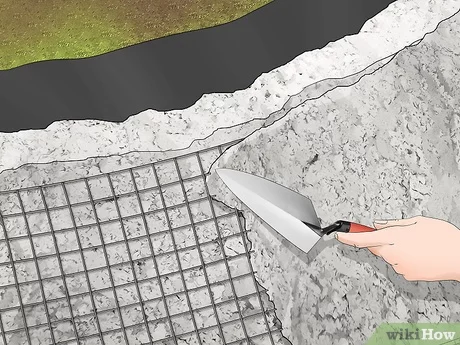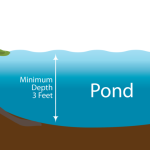How to Build a Cement Pond: A Complete Guide
If you’re considering adding a beautiful and functional cement pond to your outdoor space, you’re in for a rewarding project. A cement pond can create a serene atmosphere, provide a habitat for aquatic life, and enhance the overall aesthetic of your garden or backyard. In this comprehensive guide, we’ll walk you through the step-by-step process of building a cement pond, from planning and excavation to finishing and maintenance.
Planning Your Cement Pond
Before you start digging or pouring any cement, it’s essential to carefully plan your cement pond. Begin by determining the ideal location for your pond, considering factors such as sunlight exposure, proximity to trees, and the overall layout of your outdoor space. Sketch out the dimensions of your pond, keeping in mind the desired shape and depth.
It’s also crucial to check with local authorities regarding any permits or regulations that may be required for building a cement pond. This step will ensure that you’re in compliance with local building codes and environmental regulations.
Excavation and Ground Preparation
Once you’ve finalized the location and dimensions of your cement pond, it’s time to start the excavation process. Use a spray paint or garden hose to outline the shape of the pond on the ground. Then, carefully excavate the area, removing any rocks, roots, or debris that could interfere with the construction of the pond.
Next, create a level base for the pond by compacting the soil and removing any excess dirt. This step is crucial for ensuring the stability and durability of the pond structure. You may also need to install a layer of sand or gravel to further stabilize the base and provide proper drainage for the pond.
Building the Cement Pond Structure
With the excavation and ground preparation complete, it’s time to begin constructing the cement pond structure. Start by creating a form for the pond using wooden boards or metal framing. The form will define the shape and size of the pond and provide support for the cement during the pouring process.
Once the form is in place, it’s time to mix and pour the cement. Use a high-quality cement mix and follow the manufacturer’s instructions for the proper water-to-cement ratio. Pour the cement into the form, ensuring that it reaches all corners and edges of the pond structure. Use a trowel to smooth the surface of the cement and remove any air pockets or irregularities.
Finishing Touches and Water Sealing
After the cement has been poured and allowed to cure, it’s time to add the finishing touches to your cement pond. Consider adding decorative elements such as rocks, tiles, or mosaic patterns to enhance the visual appeal of the pond. You may also want to install a pond liner to provide an additional layer of protection and prevent water leakage.
To ensure that your cement pond is watertight, it’s essential to apply a high-quality water sealant to the interior surface of the pond. Choose a sealant that is specifically designed for use in aquatic environments and follow the manufacturer’s instructions for proper application. This step will help prevent water from seeping through the cement and ensure the longevity of your pond.
Adding Water and Aquatic Life
With the construction and sealing of the cement pond complete, it’s time to fill the pond with water and introduce aquatic life. Use a garden hose or other water source to slowly fill the pond, allowing the water to settle and stabilize. Before introducing any fish or plants, it’s important to let the water sit for a few days to allow any chemicals or impurities to dissipate.
When selecting aquatic life for your cement pond, consider the specific environmental requirements of different species. Koi fish, for example, thrive in ponds with ample space, filtration, and aeration. Water lilies and other aquatic plants can also enhance the beauty and ecological balance of the pond.
Maintenance and Care
Once your cement pond is up and running, it’s important to establish a regular maintenance routine to keep the pond in optimal condition. This may include tasks such as cleaning the pond, checking the water quality, and maintaining the filtration and aeration systems.
Regularly remove any debris or algae that may accumulate in the pond, and monitor the water quality using a test kit to ensure that the pH and nutrient levels are suitable for aquatic life. Additionally, consider adding a water pump and filter to help maintain water clarity and oxygen levels in the pond.
Conclusion
Building a cement pond is a rewarding project that can bring beauty, tranquility, and ecological diversity to your outdoor space. By carefully planning, constructing, and maintaining your cement pond, you can create a stunning focal point that will be enjoyed for years to come. Whether you’re a seasoned DIY enthusiast or a first-time pond builder, following the steps outlined in this guide will help you create a cement pond that’s both visually captivating and environmentally sustainable.





